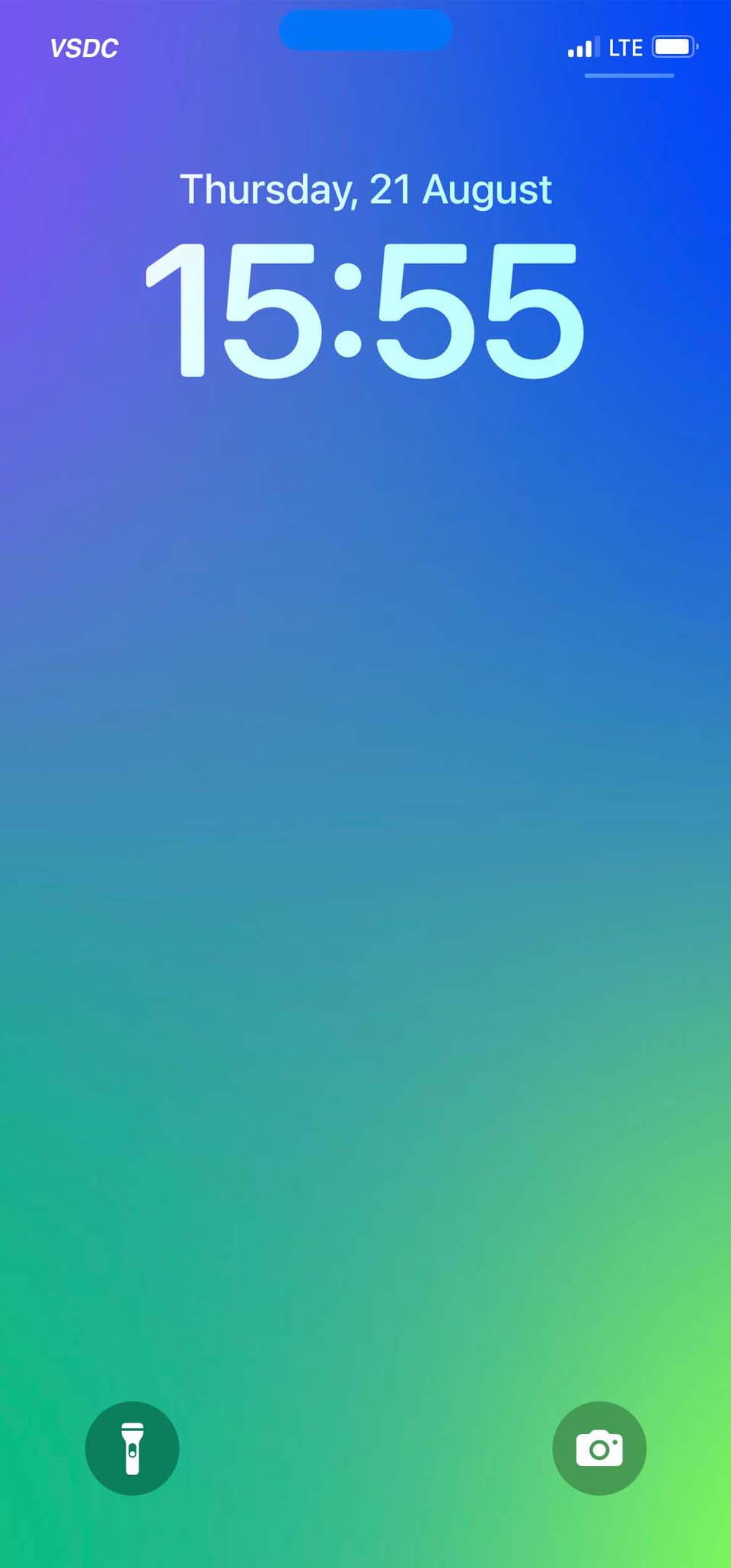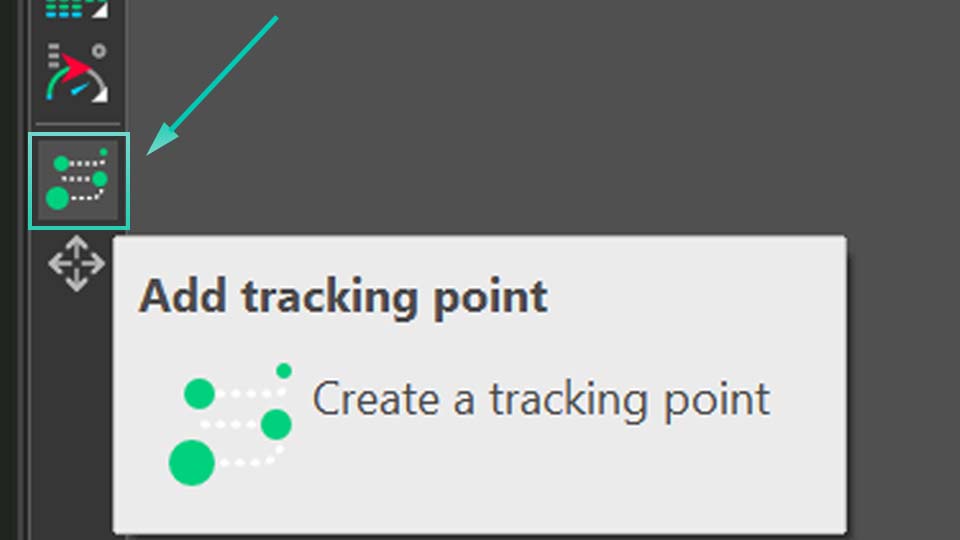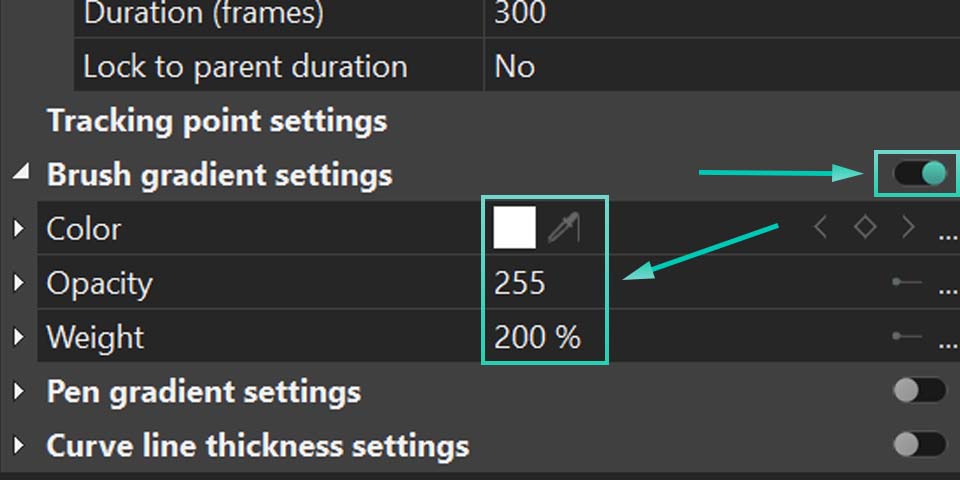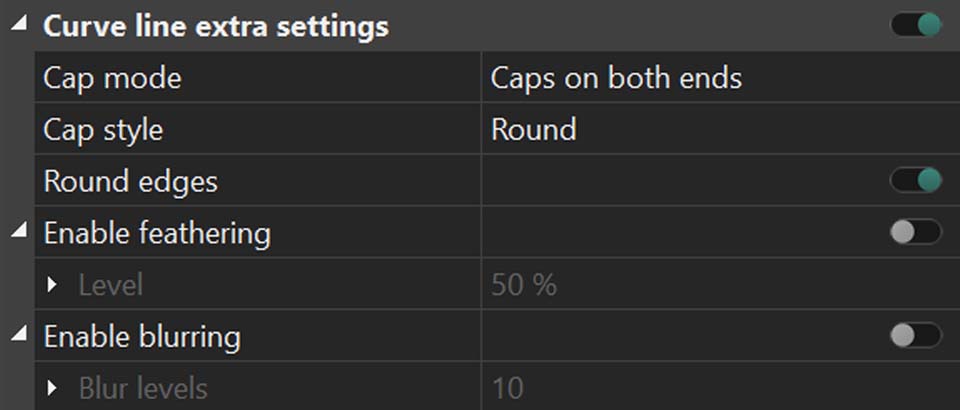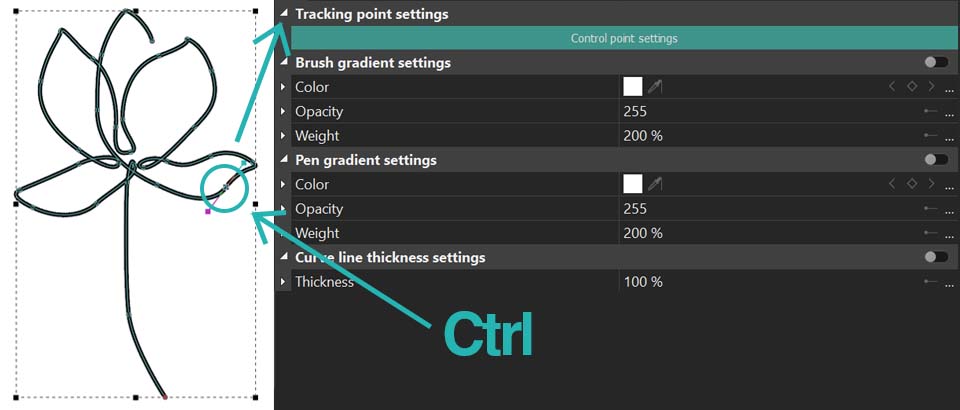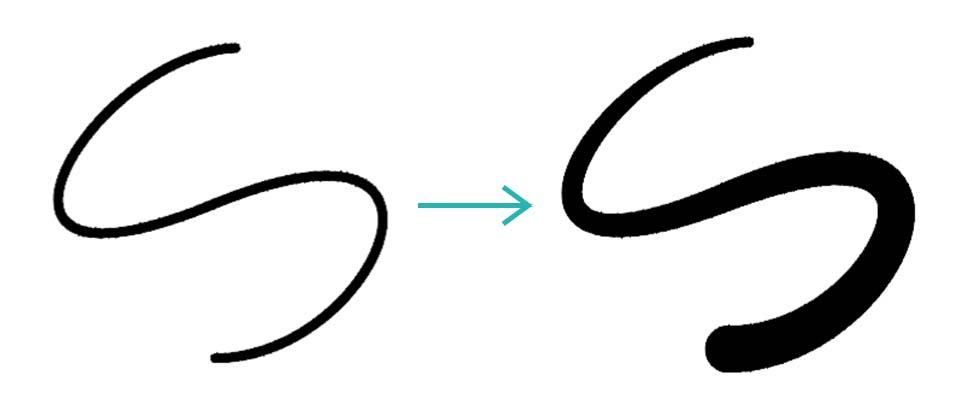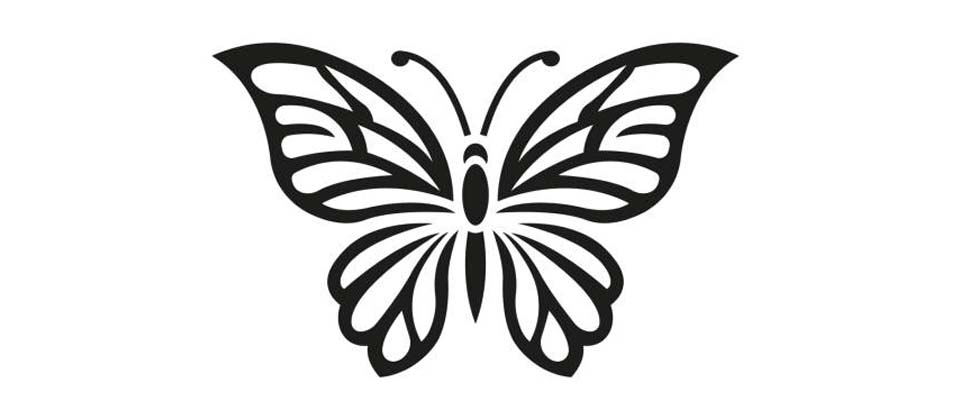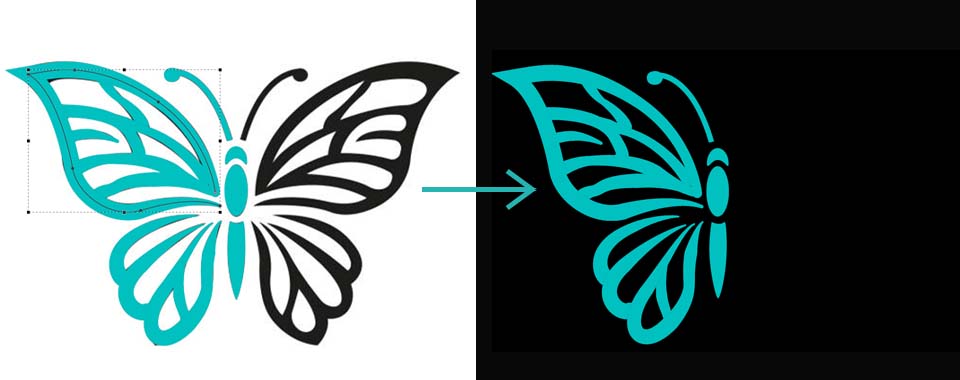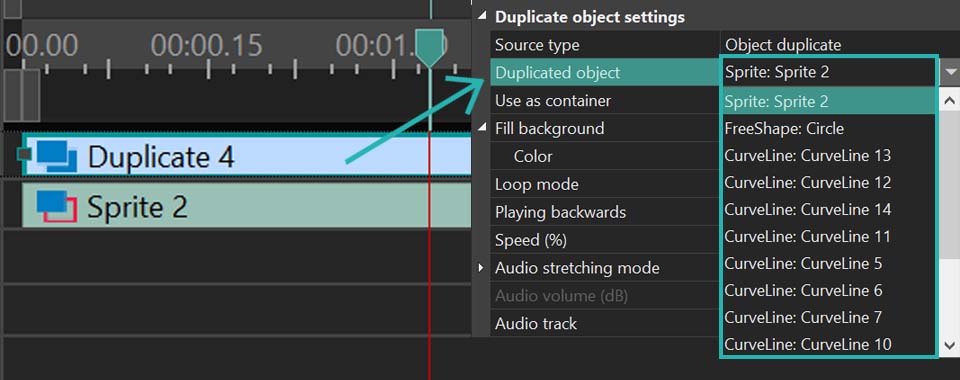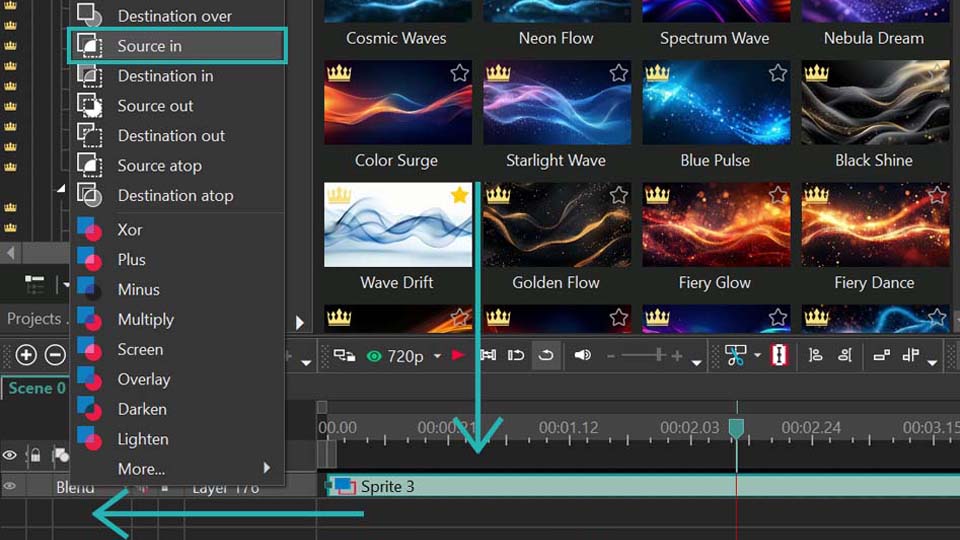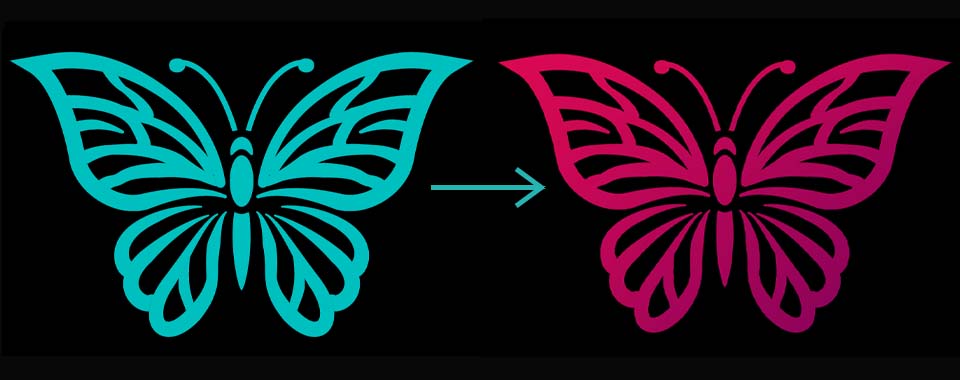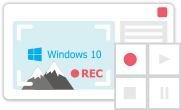Solved: Learn how to properly activate your VSDC premium templates and resolve export warning messages with this comprehensive guide.
Understanding the Premium Template Activation Process
Have you purchased a VSDC premium pack but still can't export your project? Are you seeing warning messages during export? This typically indicates the activation process wasn't fully completed.
Don't worry - this common issue has a straightforward solution. Follow our step-by-step guide to ensure everything is set up correctly.

Initial Setup: Using Premium Templates
The process begins when you incorporate a premium template into your project. A notification will appear informing you that the content requires purchase. This occurs in both Free and Pro versions of VSDC, as these templates are separate products designed by our team to accelerate your editing workflow.
When this message appears, you have two options:
- Remove the premium template from your timeline
- Purchase the pack by clicking the "Unlock" button in the warning message

Receiving Your License Key
After completing your purchase, you'll receive an email containing your license key in the format: X-XXXXXX-XXXXXX-XXXXXX-XXXXXX along with activation instructions.
Important: Ensure you have access to the email address used for purchase at this stage.

Two Methods to Activate Your Premium Pack
After purchasing, you must enter the received license key into the editor. Without this final step, you cannot export projects using premium templates.
Method 1: Activation via Application Menu (Recommended)
This method provides direct access to the software's licensing system.
- Open VSDC Video Editor and start a new or existing project
- Access the Activation Tab from the top menu bar
- Select "Activate" from the dropdown menu
- Enter your license key in the dialog box
- Carefully paste or type your key
- Confirm the entry and restart VSDC
Method 2: Contextual Activation from Templates Window
This method allows activation directly from the resource you're using.
- Open VSDC Video Editor and start a new or existing project
- Right-click on any template from the premium pack in the Templates window
- Select "Activate template"
- Input your license key when prompted
- Fully restart VSDC to complete activation
Verifying Successful Activation
After restarting the software, the activation process is complete. The program will no longer display warning messages for previously locked templates, and you can export projects without limitations.
Frequently Asked Questions (FAQ)
I purchased a pack and entered the key, but I'm still getting the warning on export. What should I do?
This typically occurs because the application wasn't fully restarted. Close VSDC completely and reopen it. Activation only finalizes after a restart. If problems persist, verify you copied and pasted the entire key correctly without extra spaces.
Do I need the VSDC Pro version to use premium template packs?
No. Premium template packs are separate products that can be purchased and activated in both Free and Pro versions of VSDC. The warning and activation process is identical for both editions.
I'm getting an "Invalid Key" error. What does this mean?
This usually indicates the key was entered incorrectly. Ensure you're typing or pasting the key in the exact format: X-XXXXXX-XXXXXX-XXXXXX-XXXXXX. Check for confused characters (number 0 vs letter O, number 1 vs letter l) and remove any extra spaces at the beginning or end.
Will my premium pack activation expire?
Yes, each license key is valid for one year. After this period, you need to renew your license.
Where can I see the full catalog of available template packs and their descriptions?
Browse the complete collection of premium template packs on our official website. You'll find high-quality previews, detailed descriptions of each pack's contents (intro scenes, transitions, etc.), and current pricing. View the full catalog here.
Need Additional Help?
If you couldn't find the answer you were looking for, please contact our support team at This email address is being protected from spambots. You need JavaScript enabled to view it..



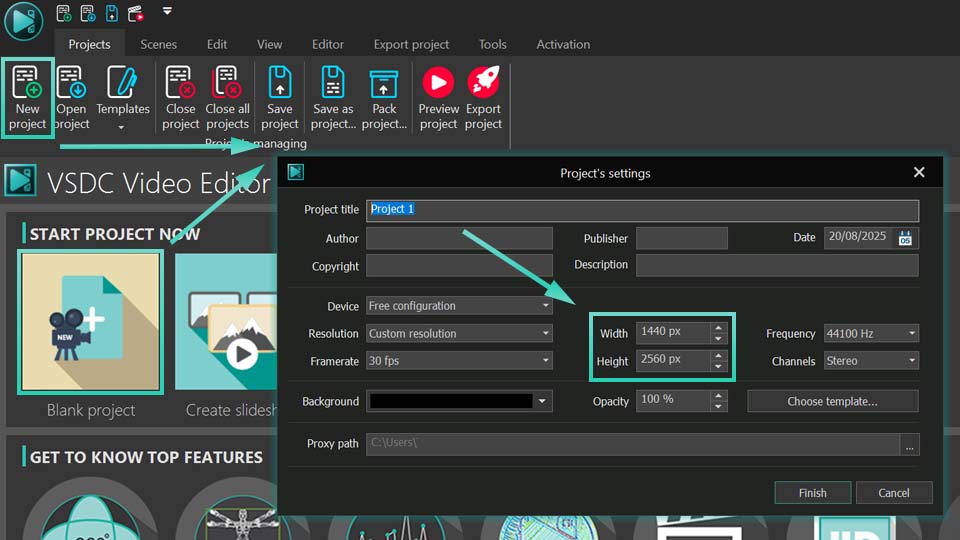 A guide to inputting the exact height and width for your project's dimensions
A guide to inputting the exact height and width for your project's dimensions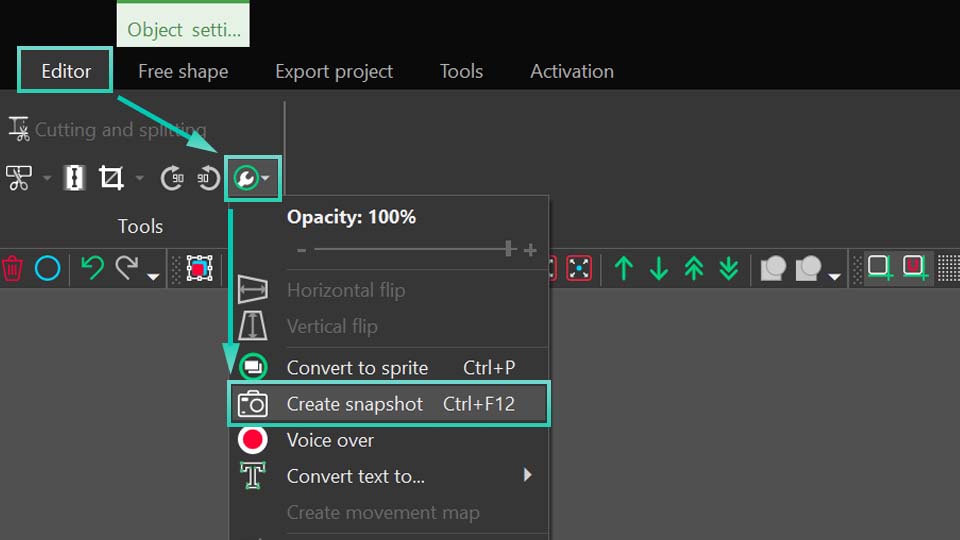 Using the snapshot tool to create a still image of your gradient design
Using the snapshot tool to create a still image of your gradient design